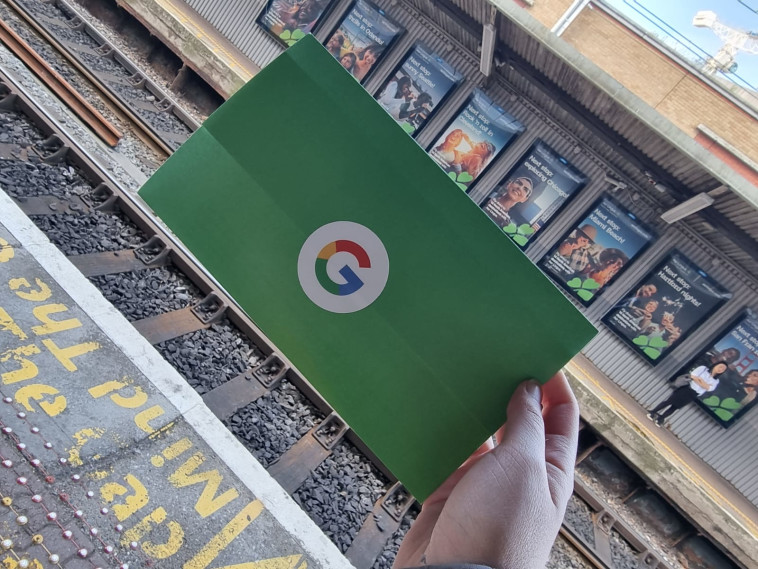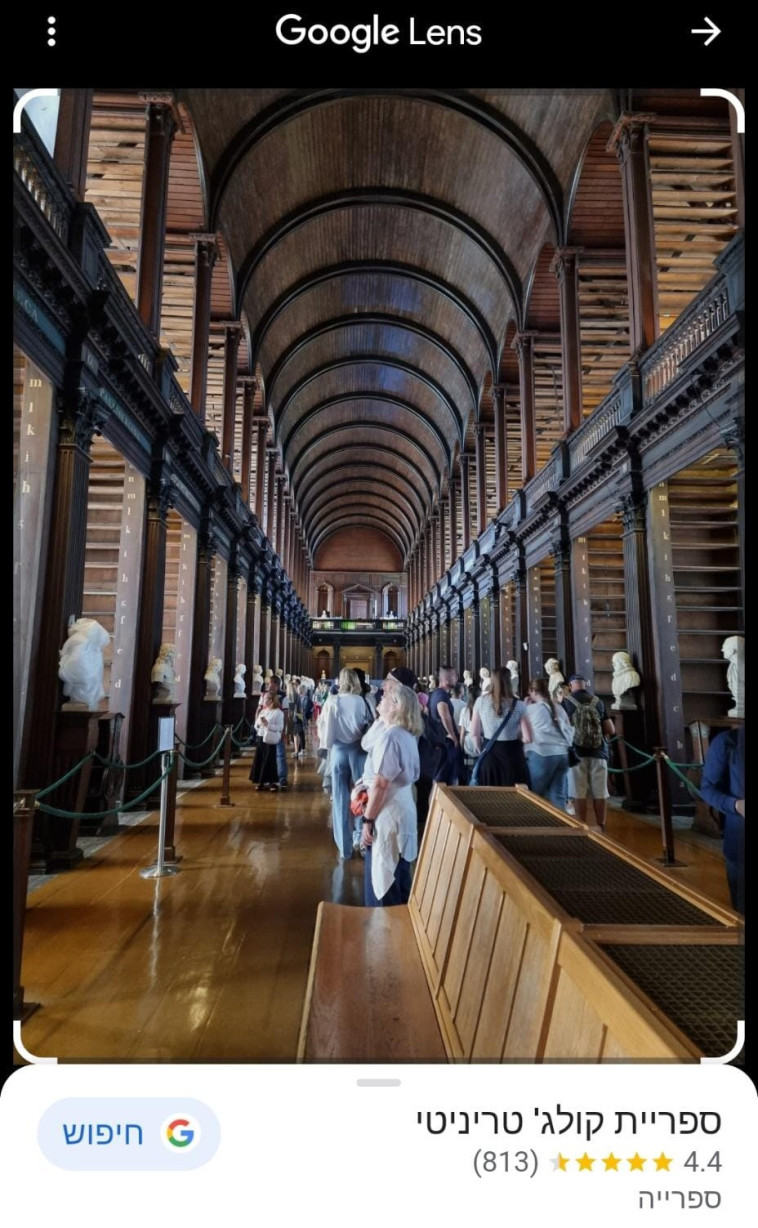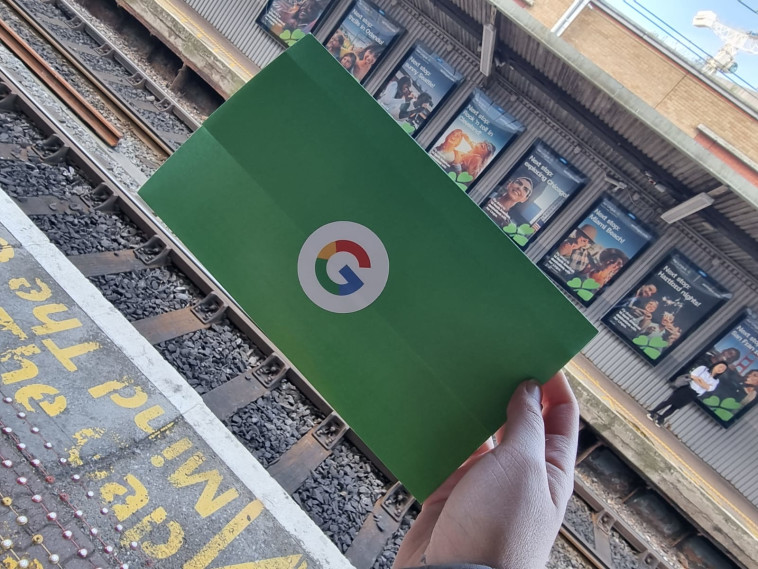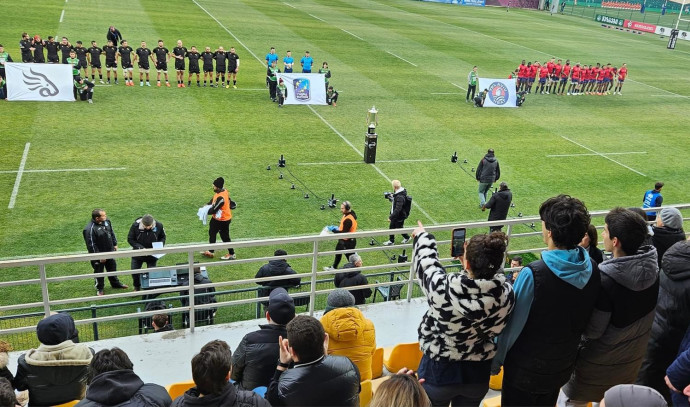The field of artificial intelligence continues to "take over" other areas of our daily lives, when the field of tourism is now targeted. The month of July will begin in a few days, and with it also a period when Israelis especially like to travel abroad – whether it is a pre-planned vacation (yes, I'm looking at you – those who bought the tickets at the beginning of the year) or whether it is a decision.
Refresh yourself: Google's new features that will help you plan the perfect vacation
Change the way we use it: the new features in the Google search engine
One of the advantages of the many developments in the field of artificial intelligence, is the great knowledge they can transfer to users in a short period of time. In perfect timing for the summer holidays, last week, together with Google, I spent 48 amazing hours in beautiful Dublin, which the Israelis still haven't discovered properly. Now, it is easier to get to Ireland , with the help of the direct flights that El Al operates on the Tel Aviv-Dublin route, and depart three times a week. Today, it is the direct flight line connecting the countries.
During the short visit (which definitely made me try and plan a future trip to the country) I got to experience several new features of Google, which will help make the best of the future summer vacation (and not only of it). The new developments are an upgrade to three Google products – which are part of our daily lives: the search engine, maps and translation.
The experience with the features was carried out through a "Race to a Million" style competition, when we performed all the tasks with the help of these features. Among other things, we navigated from the hotel where we were staying – to the nearby train station, with the help of a feature called Live View , available in the maps application. Using the new feature is very simple, and all users have to do is point their smartphone camera towards buildings, street signs and other things in their surroundings, to allow the maps to understand where they are – this with the help of Street View data in the area.
 The first station in Ireland (photo: Stav Nemer)
The first station in Ireland (photo: Stav Nemer)After the Google Maps application locates your location, navigation instructions are displayed on the phone screen. And – it's exactly as it sounds – the various instructions appear on the screen depending on the direction your device is facing, so there's no need to turn the map and try to figure out which direction to go. I admit that at first I was quite skeptical, but the truth is that even someone like me – not known for her navigational skills – managed to get from one point to another without getting lost.
If the feature does not work – you need to make sure that you are indeed in a lit area, outside the building, in a place where you can direct the smartphone camera towards buildings and signs, and that Street View is indeed available. The feature is also available for certain buildings and sites, although this feature is mainly available in the United States.
Another feature we encountered during the trip is called Hum to Search , which is available all over the world and helps to solve the annoying situation where a tune gets stuck in the head, and no one has any idea what song it is. All you have to do is press the voice button in the Google app, which appears next to the search bar, then hum or whistle the song in question. And yes – not only does he recognize Israeli songs quite easily, he doesn't even require the participants to have a particularly developed "musical sense". It bravely stood up to all our attempts to tune it, and was able to recognize songs from a variety of genres.
 Hum to Search feature (photo: screenshot)
Hum to Search feature (photo: screenshot)Later in the day, we used a feature called Multisearch , which – as the name implies – allows searching for more than one piece of data, in this case it is a search for an image and text. The feature is available on mobile worldwide, in all languages and countries where Google Lens is available. At the same time, it can be used worldwide on any image that appears in mobile search results – while iPhone users will be able to use the feature through the Google app.
The multisearch has been upgraded in several countries – including Dublin – which allows you to search for a specific thing near where you are. This means that now, if you are in one of these countries, you can use Search near me (which is not yet available in Israel, unfortunately) by taking a photo of the thing you need and incorporating the inscription "near me" in English only (near me). We used this feature to search for a dish called Boxty – a type of (amazing) Irish pancake made from potato. We found the restaurant that serves it – and also a recipe that will allow us to prepare the dish ourselves.
The following tasks allowed us to use additional features, which could replace (partially or completely – it's up to you) the need for a local guide when arriving at a new and unfamiliar destination. Among other things, we used Google Lens (a feature within the search engine) that allows you to search using a camera. Using this feature during a trip allows you to photograph places and discover and understand them – whether it is physical sites, foods, details of clothing or works of art. At the same time, you can take a picture of a text and get a live translation of it.
 A demonstration of the new feature (photo: Stav Nemer)
A demonstration of the new feature (photo: Stav Nemer)Android users will also be able to use a feature that displays a simultaneous translation of the text against a background of special images and designs, without disrupting the original background. The feature is also available in Israel. The other users (Android and iPhone) can pre-download languages to the Google Translate application, so that it will be possible to translate from these languages into Hebrew (or any language you choose) – even when you are in a place without internet or reception.
Another feature that can change the way we plan the trip and actually experience it is Immersive View, which is available in dozens of popular tourist cities and over 500 tourist sites. The feature provides a virtual tour over the site in question, so that you can get the best impression of it and its surroundings. In addition, it will be possible to see the expected weather and the level of congestion at the various hours – so that you can choose the hours that suit you, and avoid a situation where you arrive at a site too full of people, or arrive at the site and discover that you are not dressed accordingly – because at this particular time it is hotter/colder .
In some places, the virtual tour can also take you to restaurants and cafes in the area, so you no longer need to build on different recommendations. In fact, the advanced technology developed at Google turns ordinary photos into accurate 3D models of places. Israeli users can experiment with this feature – but it is not yet clear when Israeli sites will be included in it.
The author was a Google guest in Ireland






